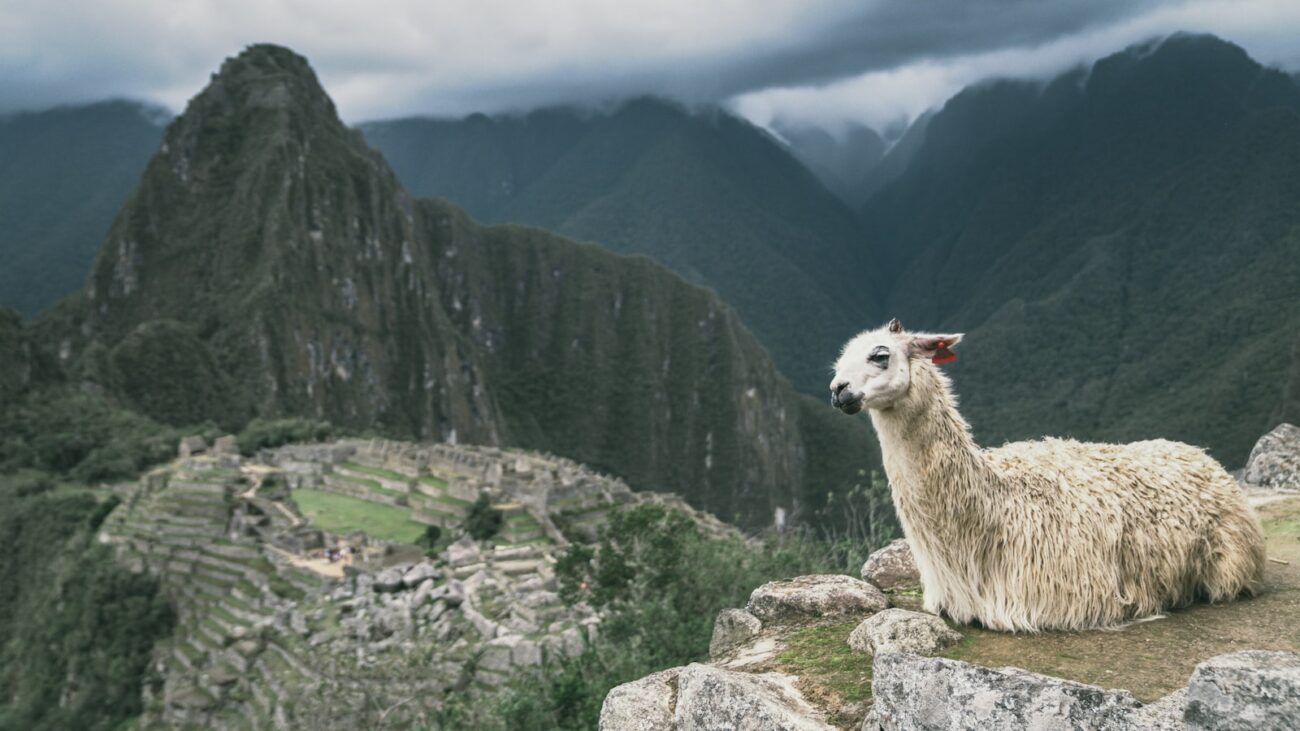Nestled in the breathtaking Andes Mountains of Peru, the Inca Trail stands as one of the most coveted hiking experiences in the world, particularly for adventurous American travelers. This ancient pathway, once traversed by the mighty Inca civilization, combines awe-inspiring natural beauty with profound historical significance in a way few other trails can match. For U.S. hikers seeking the perfect blend of challenge, cultural immersion, and unforgettable vistas, the Inca Trail offers an experience that transforms ordinary travelers into lifelong enthusiasts of Peruvian heritage. The 26-mile journey to Machu Picchu represents more than just a hike—it’s a pilgrimage through time, an ecological odyssey, and for many American hikers, the adventure of a lifetime that continues to top bucket lists across the nation.
A Journey Through Living History
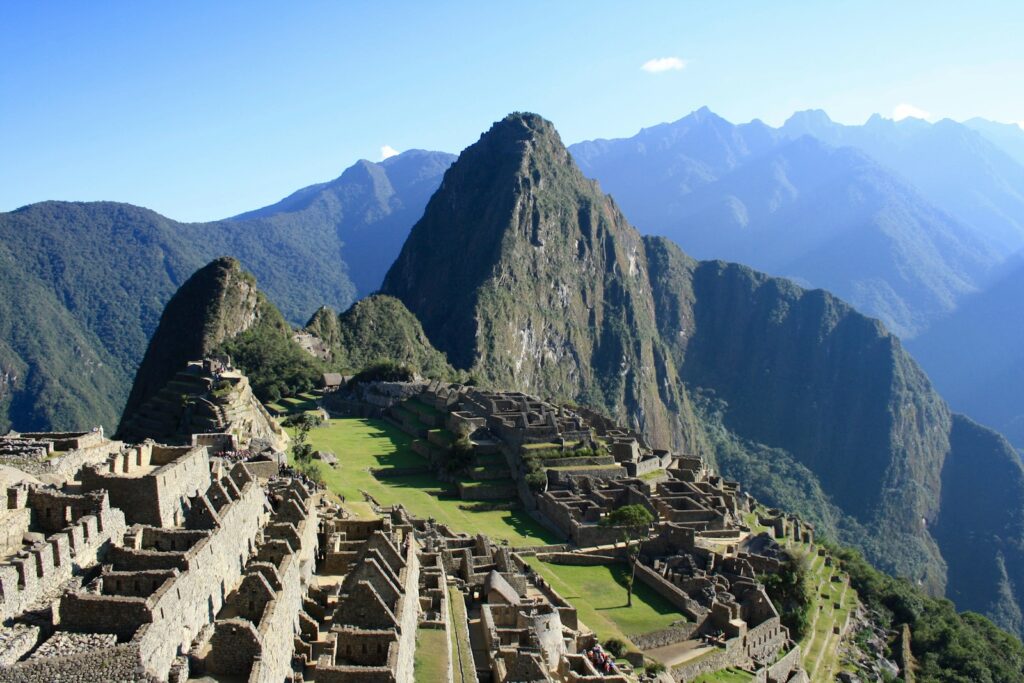
Unlike many popular hiking destinations that offer primarily natural scenery, the Inca Trail immerses trekkers in a tangible historical narrative with every step. U.S. hikers find themselves walking the same stone paths that Inca messengers and nobility traversed centuries ago, creating an unparalleled connection to an ancient civilization. Along the route, hikers encounter more than 30 Inca ruins, each telling stories of ingenious engineering, spiritual devotion, and imperial might. These archaeological treasures, from the terraced agricultural site of Patallacta to the cloud-kissing fortress of Sayacmarca, allow American travelers to witness firsthand how the Incas harmoniously integrated their creations with the natural landscape. For history enthusiasts from the States, this aspect of the trail transforms what could be simply a challenging trek into an educational journey through one of humanity’s most fascinating civilizations.
The Ultimate Destination: Machu Picchu

For many U.S. hikers, the allure of the Inca Trail lies in its spectacular finale: the first glimpse of Machu Picchu through the Sun Gate at dawn. This moment, when the morning light gradually illuminates the ancient stone city nestled among misty mountain peaks, consistently ranks among travelers’ most profound life experiences. American hikers frequently report feeling a sense of accomplishment that transcends the physical journey—a spiritual connection to both the natural world and human ingenuity. The approach to Machu Picchu via the Inca Trail offers a dramatically different experience from arriving by bus or train, as trekkers earn their encounter with the lost city through days of physical effort and mental perseverance. This sense of pilgrimage and earned reward resonates deeply with American hiking culture, which often values the journey as much as the destination itself.
Biodiversity That Astounds at Every Elevation

The ecological diversity encountered on the Inca Trail captivates U.S. hikers accustomed to more homogeneous environments in North American wilderness areas. As trekkers ascend from high jungle into alpine environments, they traverse multiple ecosystems that showcase Peru’s status as one of the world’s most biodiverse countries. American birders are particularly drawn to the trail’s more than 300 bird species, including the chance to spot the magnificent Andean condor soaring overhead or colorful quetzals flitting through cloud forest canopies. The trail’s flora is equally impressive, with orchid-filled cloud forests giving way to rare high-altitude plants that have adapted to extreme conditions over millennia. For U.S. hikers with backgrounds in biology or simply a passion for natural wonders, this ecological journey through multiple life zones in a relatively short distance offers an unparalleled naturalist experience.
Physical Challenge with Psychological Rewards
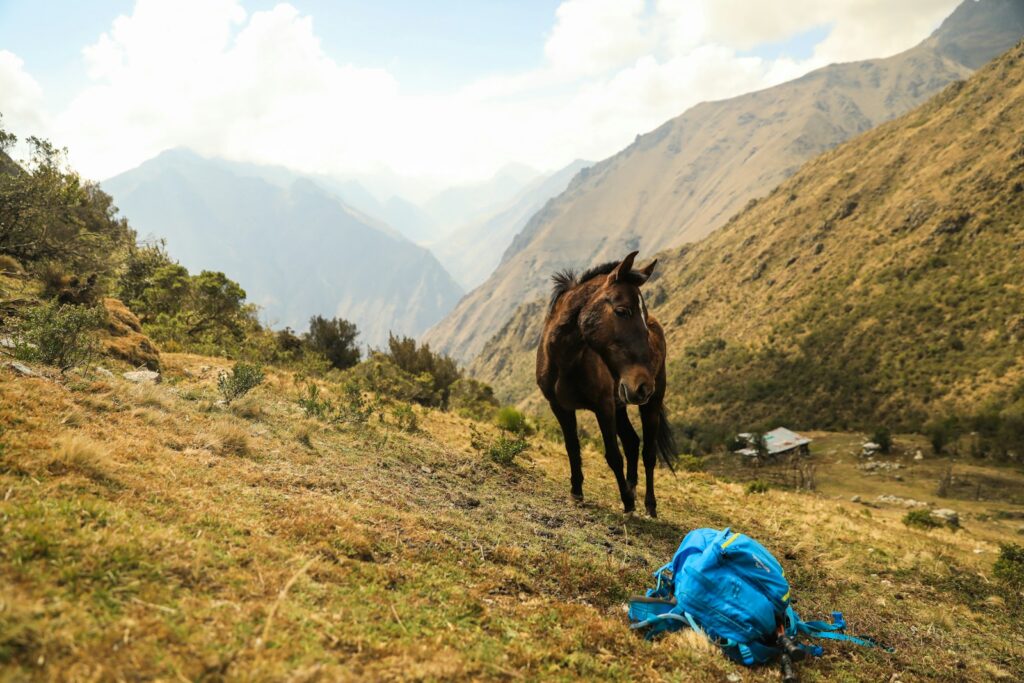
The Inca Trail’s reputation as a moderately difficult trek with significant altitude challenges strikes a perfect balance for many American hikers seeking genuine adventure without extreme danger. The trail’s highest point, Dead Woman’s Pass at 13,828 feet, pushes many U.S. visitors beyond their previous altitude experiences, creating a genuine sense of accomplishment when conquered. This physical challenge, combined with the reward of spectacular vistas and archaeological discoveries, aligns perfectly with the American hiking ethos that values earned experiences and personal growth through outdoor challenges. Many U.S. hikers report that overcoming the trail’s difficulties—from steep stone staircases to thin air at high passes—creates lasting bonds with fellow trekkers and a deeper appreciation for the Inca civilization that originally built these pathways. The psychological benefits of completing such a journey often become as treasured as the photographs and memories of Machu Picchu itself.
Limited Permits Creating Exclusivity
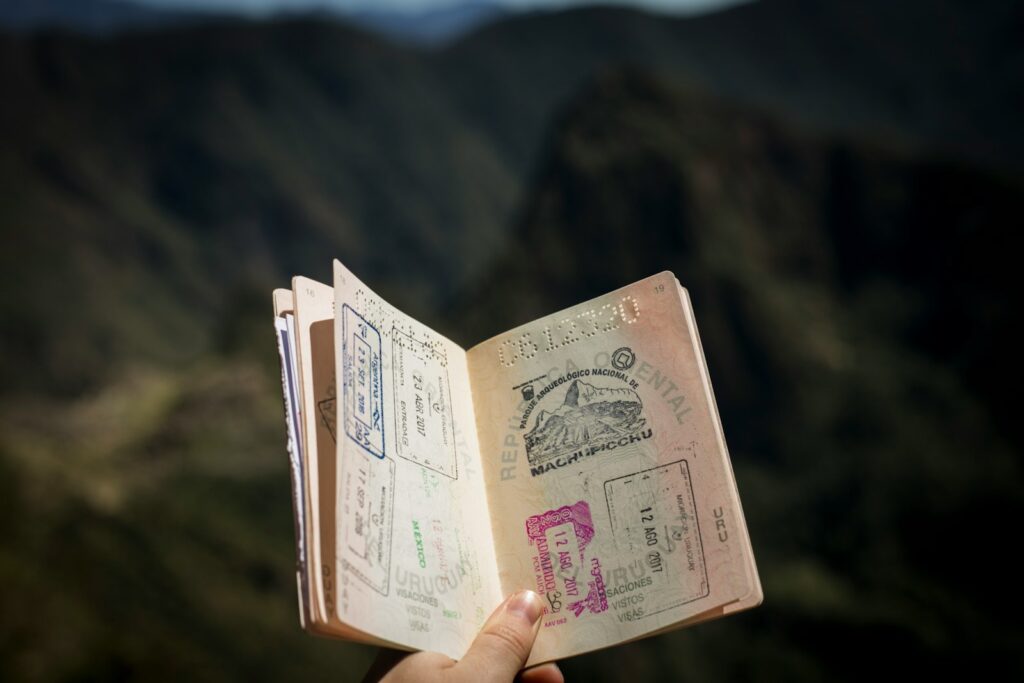
The Peruvian government’s strict limitation of 500 total permits per day (including guides and porters) means only about 200 trekkers can begin the trail daily, creating an atmosphere of exclusivity that appeals to many American hikers. This permit system, while sometimes frustrating to navigate, ensures the trail never feels overcrowded and allows for a more intimate connection with both the landscape and Inca ruins. For U.S. travelers accustomed to congested national parks and popular trails back home, this regulated access creates a premium experience worth the advance planning typically required to secure permits. The limited access also contributes to better trail preservation and a more authentic experience, as hikers can often find moments of solitude even on this world-famous route. Many American hikers report that the advance planning and competitive permit process ultimately enhances their appreciation of the experience, making it feel like a genuine achievement rather than just another tourist activity.
Cultural Immersion Beyond Tourism
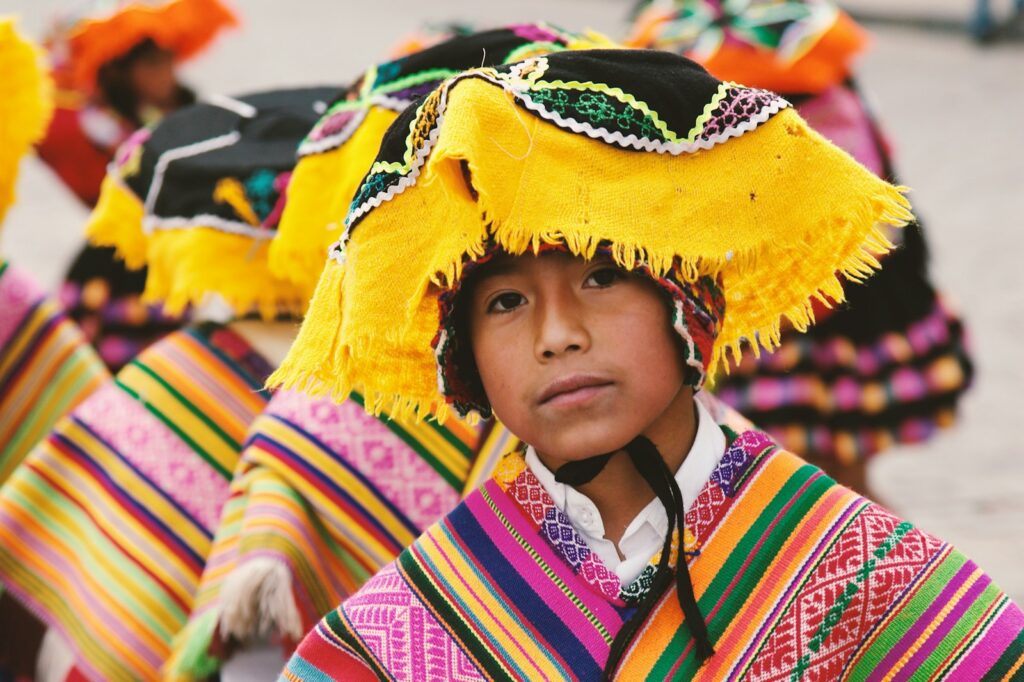
For U.S. hikers seeking authentic cultural experiences beyond typical tourist encounters, the Inca Trail offers meaningful interactions with Quechua-speaking porters and guides who maintain direct connections to the Inca heritage. These local team members share insights into both ancient traditions and contemporary Andean life that cannot be gleaned from guidebooks or museum visits. American trekkers frequently cite these cultural exchanges—from learning about traditional medicinal plants to understanding agricultural practices that have sustained Andean communities for centuries—as highlights of their journey. The opportunity to support the local economy through hiring guides and porters also appeals to socially conscious American travelers who want their tourism dollars to benefit indigenous communities directly. This cultural dimension transforms the Inca Trail from a purely recreational activity into a profound cross-cultural exchange that broadens perspectives and creates lasting connections.
Logistical Convenience for American Travelers
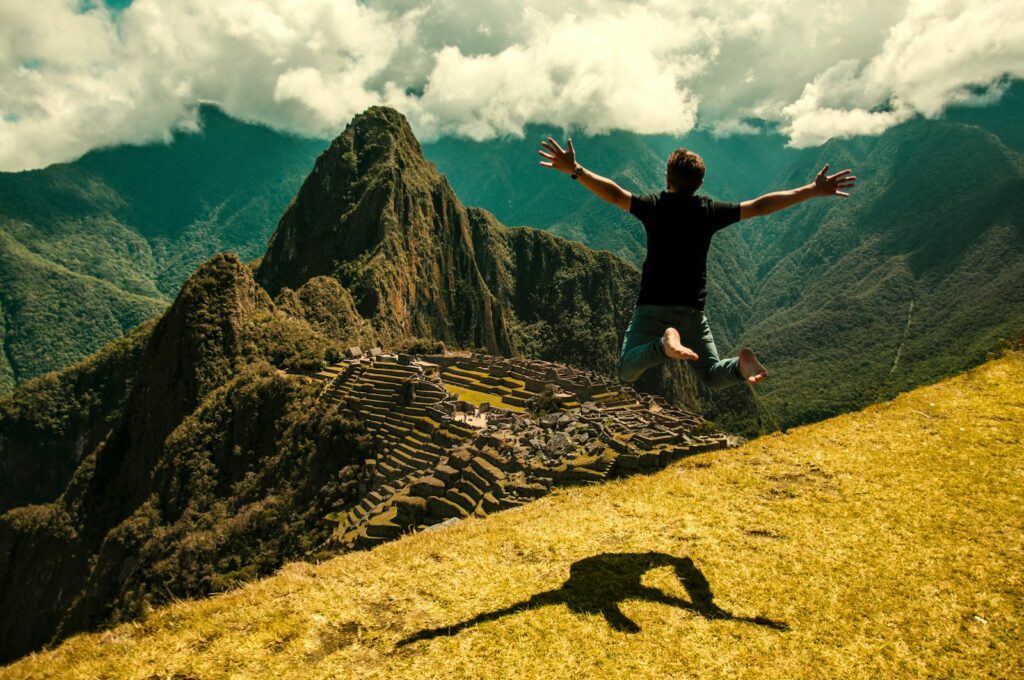
Despite being halfway around the world, Peru has become increasingly accessible to U.S. travelers through improved air connections and tourism infrastructure. Major airlines offer direct flights from several American hubs to Lima, with convenient connections to Cusco, the gateway city for the Inca Trail. The tourism industry in Peru has adapted to American expectations regarding safety, communication, and service standards, making this international adventure feel manageable even for those new to global trekking. The widespread use of English among guides and in tourist areas helps ease potential language barriers, while the U.S. dollar is widely accepted and easily exchanged. For American hikers intimidated by more remote or logistically complex international destinations, Peru offers an optimal balance of exotic cultural immersion with practical travel conveniences that reduce stress and allow visitors to focus on enjoying their trek.
Social Media Prestige and Visual Appeal
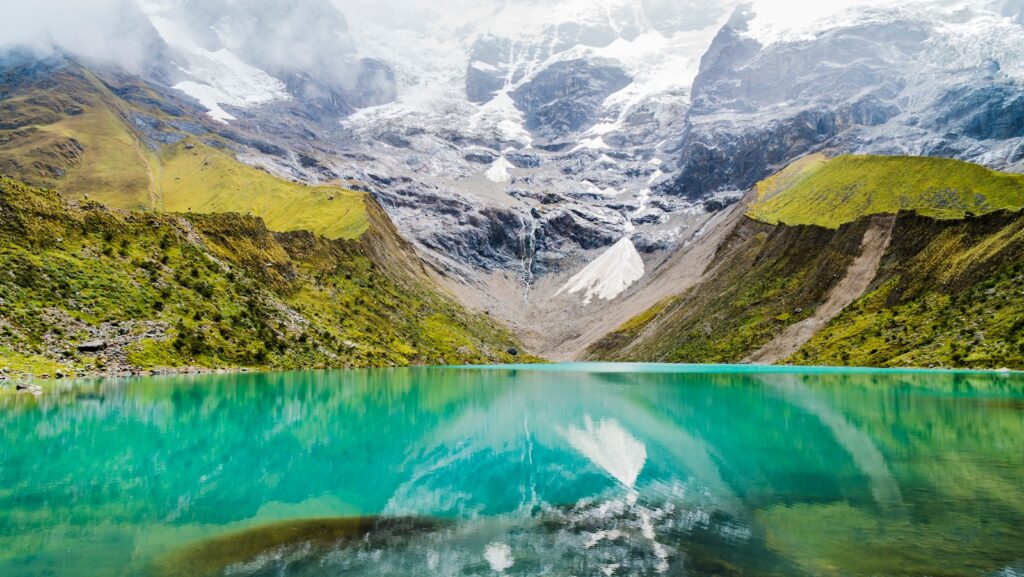
In today’s social media-driven travel culture, the Inca Trail offers unparalleled opportunities for capturing breathtaking images that resonate with American audiences online. The trail’s photogenic combination of dramatic mountain landscapes, mystical cloud forests, and iconic Inca stonework creates a visual narrative that stands out even in crowded social feeds. For many U.S. hikers, particularly younger travelers, the ability to share these visually stunning experiences has become an important factor in destination selection. Beyond mere bragging rights, these shared images often inspire friends and followers to consider their own Inca Trail adventures, perpetuating its popularity among American hikers. The trail’s visual diversity—from sweeping panoramic vistas at high passes to intimate architectural details at archaeological sites—provides endless photographic opportunities that chronicle not just the destination but the transformative journey itself.
Structured Yet Authentic Experience
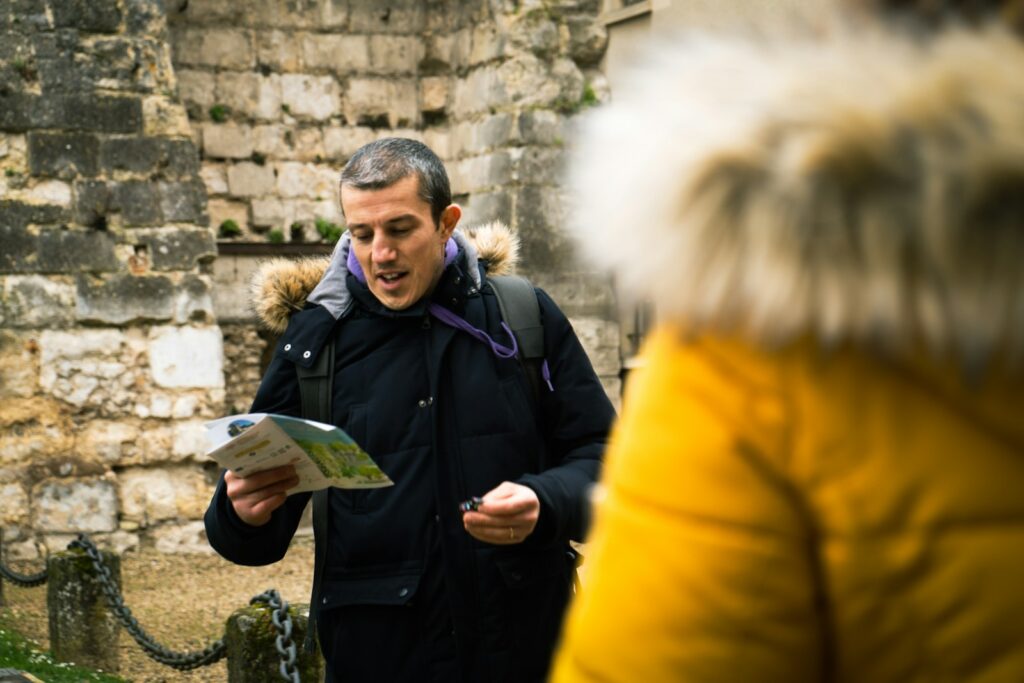
The requirement to hike with licensed guides creates a structured experience that many American travelers find reassuring when venturing into unfamiliar territory. This guided format ensures safety and provides rich interpretive information while still allowing for authentic adventure and personal discovery. U.S. hikers accustomed to independent exploration in their home country often find that the guided nature of the Inca Trail enhances rather than detracts from their experience, as knowledgeable guides reveal historical and natural details that would otherwise remain hidden. The typical four-day itinerary strikes an ideal balance between having a planned route with comfortable campsites and maintaining the sense of expedition-style adventure that many American hikers seek. This blend of structure and authenticity appeals particularly to U.S. travelers who want to step outside their comfort zones without facing the uncertainties of completely independent international trekking.
Year-Round Accessibility with Seasonal Variations
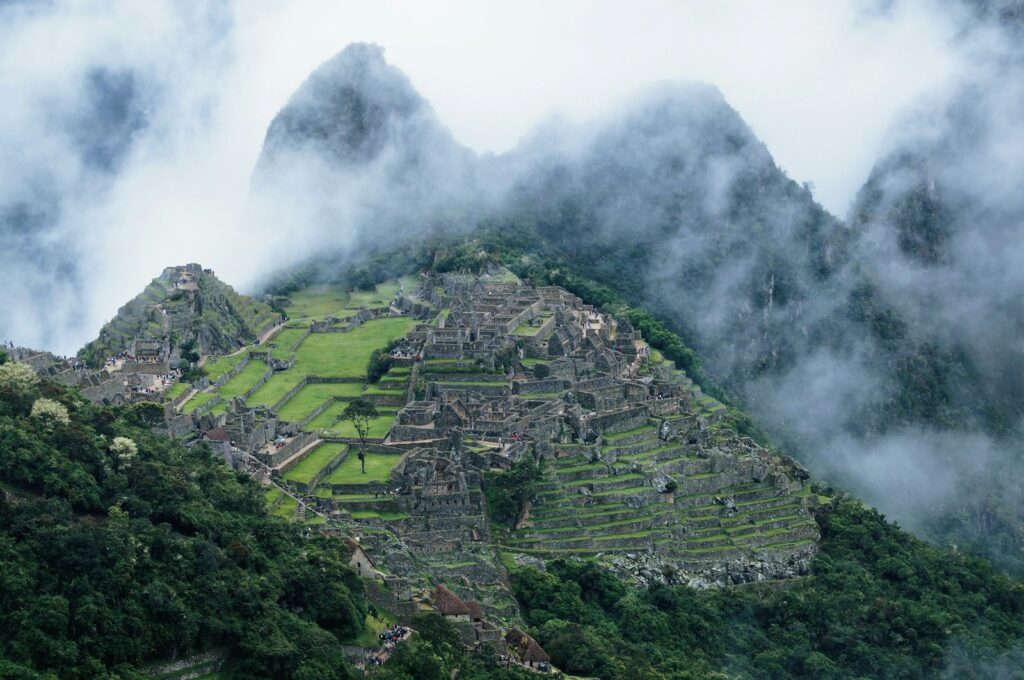
While the Inca Trail technically closes for maintenance each February, its accessibility during the rest of the year makes it compatible with various American travel schedules and preferences. The dry season (May through September) offers reliable weather and spectacular clear mountain views that attract the majority of U.S. visitors, particularly those with limited international hiking experience. However, the shoulder seasons (April-May and September-October) have become increasingly popular with American hikers seeking fewer crowds and the lush vegetation that follows periodic rains. Even the wet season (November through April, excluding February) appeals to certain U.S. adventurers who appreciate lower permit competition, greener landscapes, and the dramatic atmosphere created by mist-shrouded mountains. This year-round accessibility, with distinct seasonal characteristics, allows American hikers to select timing that aligns with their specific preferences for weather conditions, crowd levels, and visual aesthetics.
Bragging Rights and Bucket List Achievement
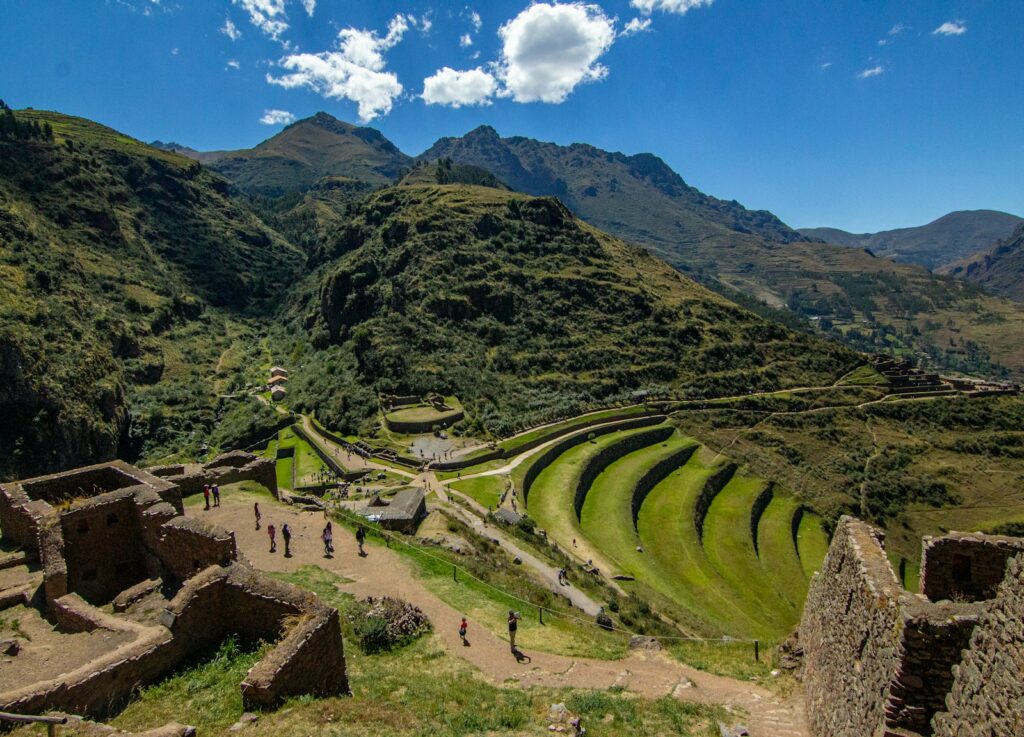
For many Americans, completing the Inca Trail represents more than just a vacation—it’s the fulfillment of a significant life goal. The trail’s global recognition and UNESCO World Heritage status imbue the experience with prestige that resonates in American culture, where adventure achievements are increasingly valued as life milestones. Many U.S. hikers report that announcing plans to trek the Inca Trail elicits immediate recognition and respect from peers, reflecting its status as one of the world’s premier hiking experiences. The challenge of securing limited permits, preparing physically for high-altitude hiking, and completing the historic route creates a narrative of achievement that many American travelers cherish long after returning home. This aspect of prestige and accomplishment distinguishes the Inca Trail from more casually accessible destinations and contributes significantly to its enduring popularity among achievement-oriented U.S. hikers.
Connection to Environmental Conservation
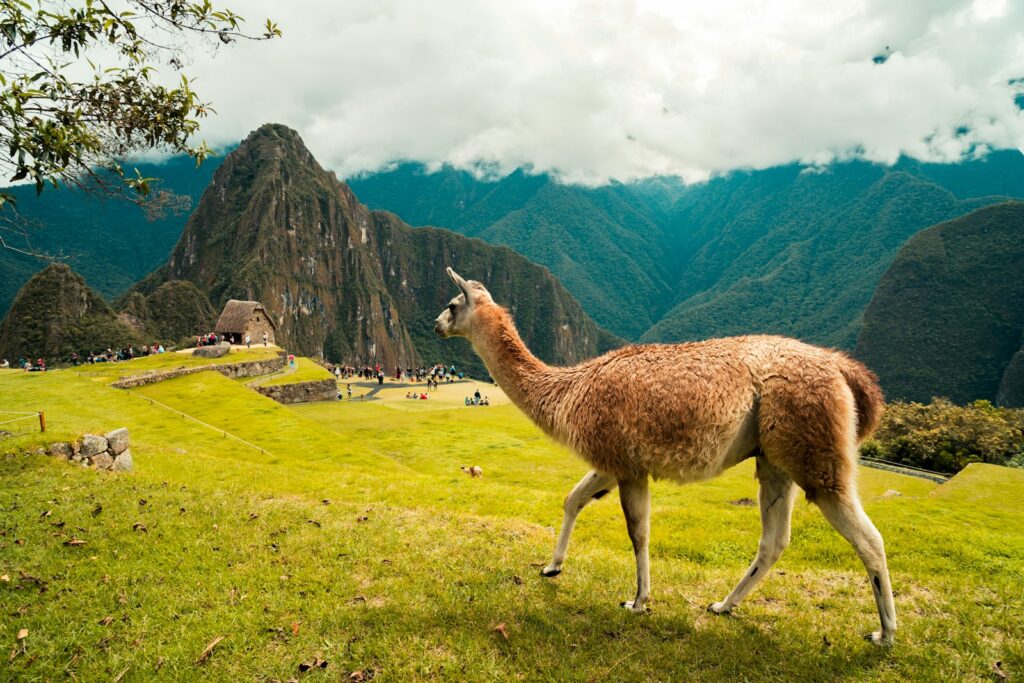
The Inca Trail’s strict management and conservation practices resonate with environmentally conscious American hikers concerned about the impact of tourism on fragile ecosystems. The permit system, mandatory guides, and regulations regarding waste management reflect a commitment to preservation that aligns with values many U.S. travelers bring from their experiences in well-managed national parks at home. American hikers frequently express appreciation for the trail’s “leave no trace” practices, including the prohibition of single-use plastics and requirements for packing out all waste. The visible efforts to balance tourism access with environmental protection create a model that many U.S. visitors find reassuring and worthy of support through their participation. For American hikers with strong environmental ethics, the knowledge that their trek supports rather than damages this precious historical and ecological treasure becomes an important factor in choosing the Inca Trail over less sustainably managed destinations.
The Transformative Power of the Andean Journey
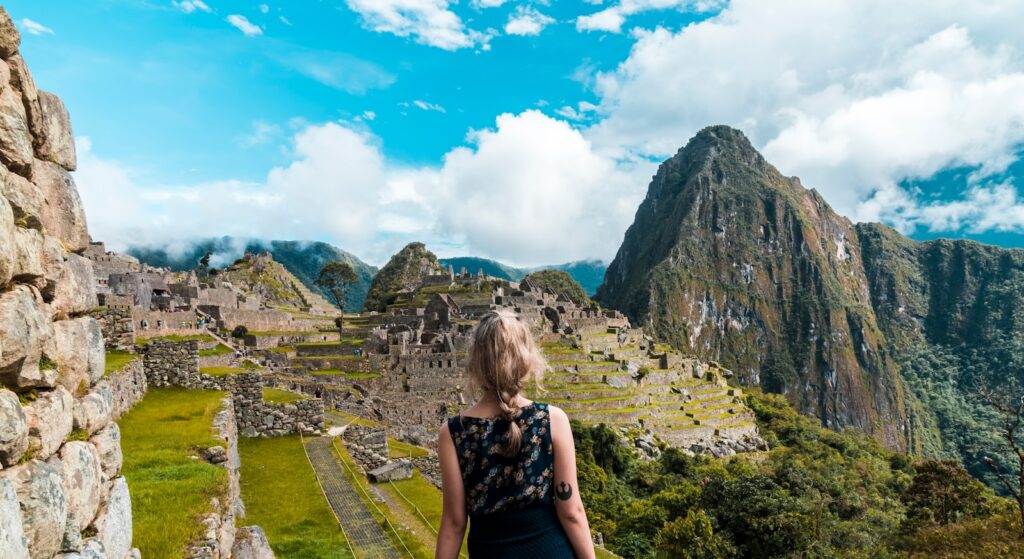
Beyond the physical journey, many American hikers report that the Inca Trail experience triggers profound personal reflection and perspective shifts that last long after returning home. The combination of physical challenge, cultural immersion, historical connection, and natural beauty creates a multidimensional experience that affects trekkers on multiple levels simultaneously. U.S. hikers frequently describe feeling reconnected to simpler rhythms of life while on the trail—walking from sunrise to sunset, disconnecting from digital distractions, and experiencing the direct relationship between effort and reward. The vast Andean landscapes and ancient ruins provide a humbling sense of scale that helps many American visitors recalibrate their perspective on their own lives and challenges. This transformative potential elevates the Inca Trail from a mere vacation activity to a potentially life-changing journey that continues to draw American hikers seeking not just adventure but personal growth and renewed life perspective.
The Inca Trail’s enduring popularity among U.S. hikers stems from its unique combination of historical significance, natural splendor, physical challenge, and cultural richness. Unlike many hiking destinations that excel in just one or two of these dimensions, this ancient pathway delivers a comprehensive experience that satisfies intellectually curious, adventure-seeking American travelers. From the moment of crossing the trailhead to the triumphant arrival at Machu Picchu, the journey offers a perfect blend of structure and wonder, effort and reward, that continues to captivate the American hiking imagination. As international travel evolves and new destinations emerge, the Inca Trail maintains its special status by offering something increasingly rare in our modern world—an authentic adventure that connects us not only to another culture and landscape but to something deeper within ourselves.

